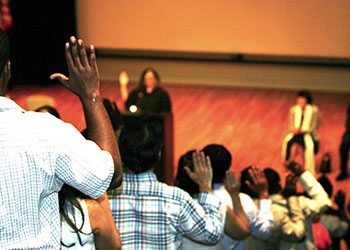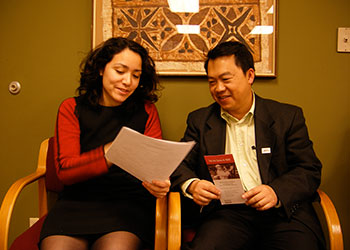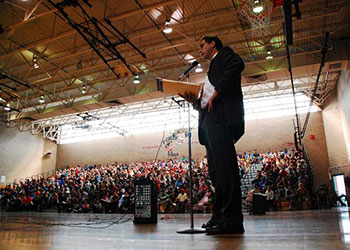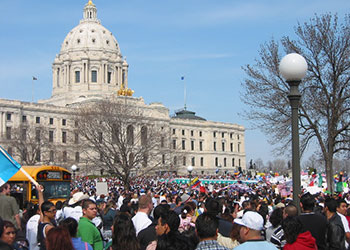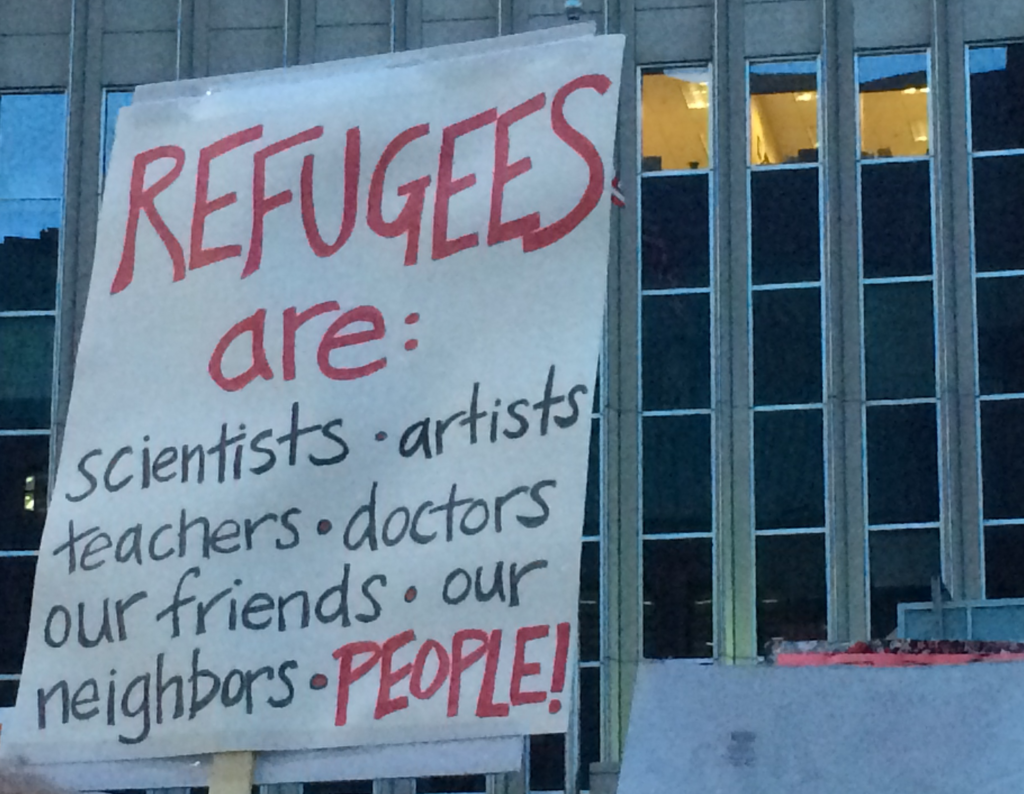News > Fact Sheets
Refugees in Minnesota: Quick Facts
Posted on Mar 27 2018
Who are the refugees?
(updated 4/5/2018) (Click here to download PDF version)
- Under U.S. law, refugees are people forced to flee their country of origin due to persecution or a well-founded fear of persecution based on: race, religion, nationality, political opinion or membership in a particular social group.
- Refugees are the most screened migrants to enter the United States. After they are screened by the United Nations, they undergo a U.S. screening process involving eight security agencies and lasting a minimum of 18-24 months.
- Fewer than 1 percent of the world’s refugees resettle to a third country, most remain in refugee camps or return to their home countries. Refugees who resettle in the United States come here to begin their lives anew, in safety and dignity.
- Minnesota has the highest number of refugees per capita of any state, according to the U.S. Census and refugee support agencies. We have a rich history of welcoming refugees because Minnesotans believe in treating all people with respect, dignity and compassion.
Refugee Contributions to Minnesota
- After their first years of adjustment, refugee incomes rise rapidly, and so do their contributions to taxes and the economy. Refugees pay back the cost of the airfare for coming to the U.S.
- Refugees join the workforce, own businesses, pay taxes at the federal, state and local levels, and spend money.
- In 2014, 40 percent of Fortune 500 companies in Minnesota were founded by an immigrant or the child of an immigrant. These firms employed more than 264,000 people world-wide.
- Nation-wide, in 2015, 13 percent of persons who have had refugee status (about 180,000 persons) were entrepreneurs. This high level of entrepreneurship is compared to 11.5 percent of non-refugee immigrants and 9 percent of the U.S.-born population. According to a New American Economy report, in 2015, refugee-owned businesses generated $4.6 billion.
- In Minnesota, refugees contributed $227.2 million in state and local tax revenue in 2015. Immigrants and refugees spent $1.8 billion in Minnesota in 2015.
- As the local workforce ages, immigrants, including refugees, enter the workforce to fill the gaps in labor force growth. According to the New American Economy report, “by 2030, 20.3 percent of the U.S. population will be older than 65, up from just 12.4 percent in 2000.” In 2013, immigrants in Minnesota contributed more than $1.5 billion to Social Security and Medicare.
- Most labor force growth in Minnesota since 2010 can be attributed to immigrants.
- Immigrants, including refugees, are a critical part of the manufacturing, technology, transportation, and health care sectors in Minnesota.
- In Minnesota, immigrants, including refugees, comprise 9 percent of the state’s workforce, 6 percent of the state’s business owners and accounted for 7.5 percent ($22.4 billion) of Minnesota’s GDP in 2012. Immigrants and refugees own 11 percent of the businesses in the Twin Cities metropolitan area.
- The national refugee quota was cut from 110,000 in 2016 to 50,000 in 2017, and to 45,000 in 2018, and the actual number admitted is likely to be even fewer. The shortfall will impact states like Minnesota, which rely on refugee workers to continue growing the economy.
- Refugees contribute to the cultural richness of the state: Since 1979, Minnesota welcomed refugees from more than 100 countries and host communities have benefited in the way of exposure to new languages and cultural traditions.
